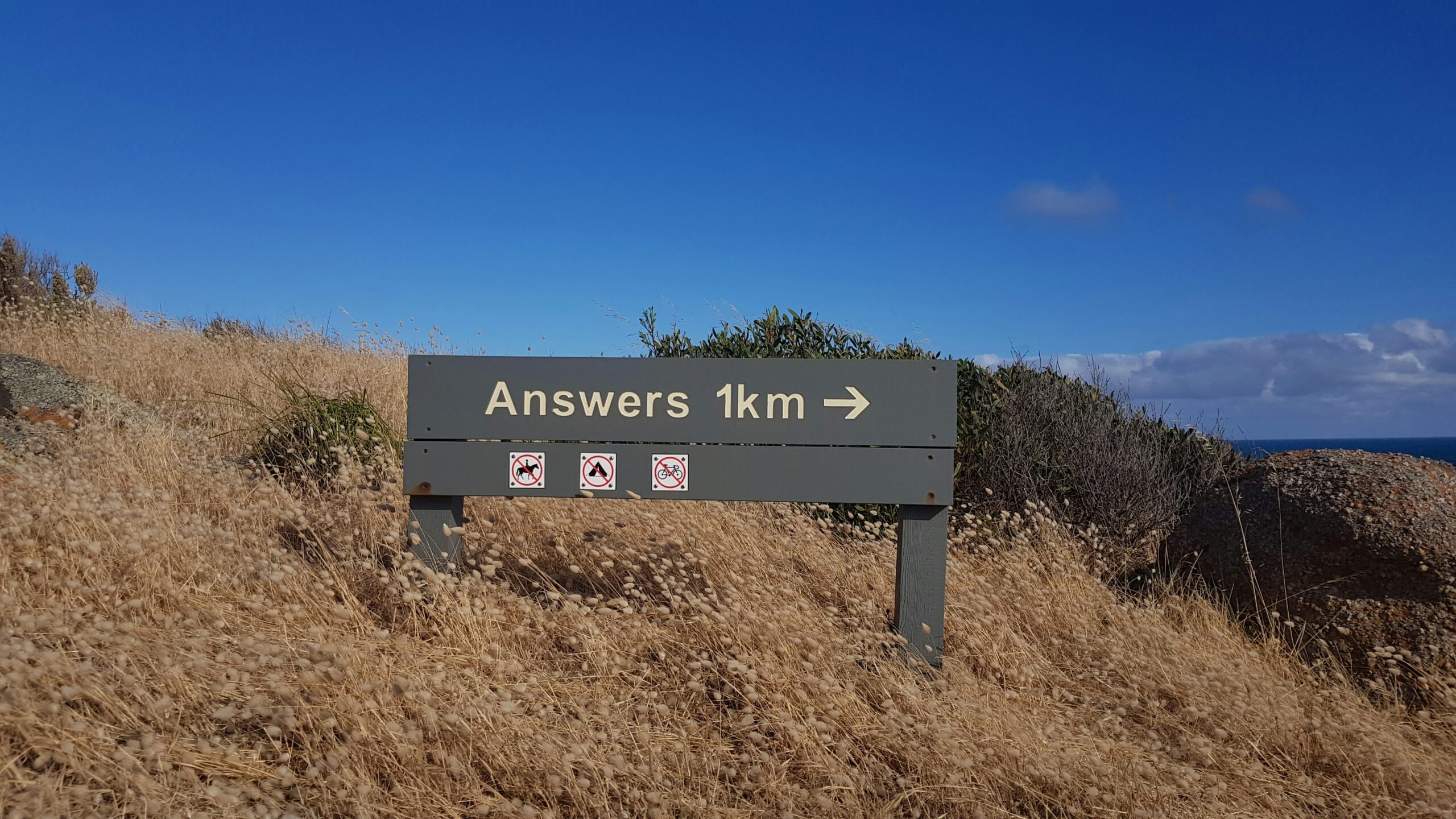
A seasoned organisational leadership advisor, facilitator, and governance strategist, Roger Hitchcock equips boards and executive teams to move beyond compliance – to implement agile, stakeholder-inclusive practices that drive innovation, sustainable growth, and meaningful transformation in dynamic business environments.
In the first article in this series, From Friction to Flourishing, we explored how hidden obstacles in a business often stem from the fact that fundamental questions remain unanswered. When leaders fail to define why the business exists, what must be done, who is involved, how things get done, or to what end they are striving, the result is organisational friction. This friction shows up as misalignment, wasted effort, and stifled innovation – not minor hiccups, but signs of deeper issues.
The core argument is simple – unanswered questions (or assumed answers) impede progress, while clarity creates alignment in the organisation and reduces the constant pull of competing priorities.
This second article therefore focuses on these fundamental questions in more detail. Each one is a helpful tool to reduce friction – together, they form an integrated framework to support leaders in creating the conditions for organisational flourishing.
Question 1: Why? (Purpose)
Every business exists for a reason, but that purpose is not always clear. Asking “Why does this business exist?” is the first and most crucial step. A clear purpose gives meaning to work and anchors the organisation during turbulent times.
Question 2: What? (Strategic actions)
Once purpose is defined, the next question is “What must we do to fulfil this purpose?” Strategy translates purpose into practice. Even the most inspiring mission will languish without focused, intentional action.
Question 3: Who? (People)
Plans succeed or fail depending on people. “Who should be part of this journey?” highlights the importance of roles, responsibilities, and stakeholders. Having the right people in the right roles creates alignment and momentum.
Question 4: How? (Processes)
With the right people in place and clear plans in hand, the next question is “How will we achieve our ambitions?” This is about systems, processes, and ways of working that turn strategy into results.
Question 5: To what end? (Destination)
Finally, leaders must ask: “To what end? What ultimate result or legacy do we envision?” This question zooms out to long-term vision – the destination that gives direction to daily decisions.
It is important to realise that these five questions are not isolated checkboxes. They form a cohesive system where each element reinforces the others:
When one element is weak (unclear processes, for example) friction cascades across the system. Conversely, when all five work together, the business becomes resilient and adaptive, like a well-tuned engine running smoothly. This creates a virtuous cycle:
In such an environment, decisions at all levels become easier. A junior employee, for instance, can resolve a customer issue by recalling the company’s purpose (“We exist to serve with integrity”) and vision (“We aim to be the most trusted in our field”), without waiting for instructions from management.
To apply this framework, leaders can do a simple self-audit:
1) Why (Purpose): Do we have a clear, compelling purpose that is known, understood and embraced by our team? Do leaders regularly reflect on and communicate it?
2) What (Strategic Actions): Are our priorities defined and documented? Do we use appropriate tools (for example, a prioritisation matrix) to focus on what matters most?
3) Who (People): Are roles and responsibilities clear, especially at leadership level? Do we have the right people in the right seats, and do they understand their connection to the mission – and the decisions they need to make to achieve it?
4) How (Processes): Do we have systems for critical operations? Are we measuring performance (dashboards, key performance indicators, objectives, and results) and improving continuously?
5) To What End (Destination): Is there a clear long-term vision of success? Do we track progress with meaningful metrics, including impact on stakeholders and legacy goals?
This checklist often reveals hidden friction. For example, leaders may believe the purpose is clear, but employees on the ground are uncertain – signalling a need for better communication.
The strength of this framework is that it not only diagnoses issues but also points to solutions. Because the five questions are interdependent, improvements in one area strengthen the whole system.
When all five are addressed, energy once wasted on internal friction is redirected to innovation, service, and growth. The organisation becomes adaptive almost by nature – because everyone knows the Why, What, Who, How, and To What End, they can respond to change with consistency and coherence.
Clarity clears the path for progress. By intentionally answering the five fundamental questions, leaders and teams move from reaction to direction – spending less time firefighting and more time advancing together.
The result is lasting growth – not fleeting success, but values-driven progress that strengthens people, purpose, and performance.
As we close this second article, take a moment to assess your organisation using the checklist above. Celebrate areas of clarity, and where questions linger, address them boldly with your team. In doing so, you are laying solid foundations that can weather storms and serve your community well, now and in the future.

